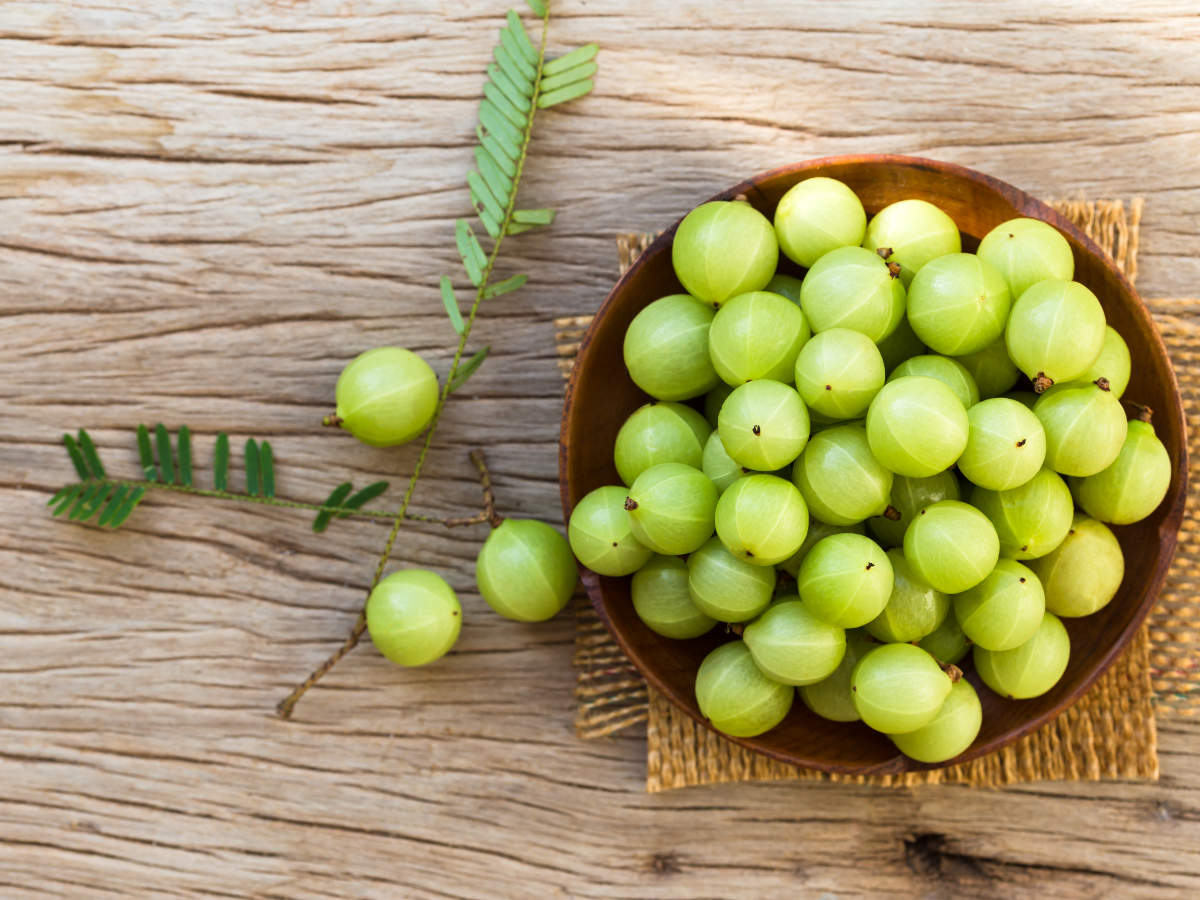Amla or Indian gooseberry is an incredibly healthy winter superfood that one can add in their diet to beat the health risk of the cold and harsh weather. The citrus fruit possesses compounds that can give a boost to your immune health and decrease the ill-effects of air pollution on your lungs caused due to degrading air quality levels. There are several products of amla available in the market throughout the year like amla juice, pickles and candies, but the winter season is more about the fresh amla fruit, harvested between October and February. Having amla every day in winters is one of the best things you can do to stay in the pink of your health. But to gain maximum health benefits, you must have it at the right time, in the right way and in the right quantity.
readmore
02/5Winter, health issues and amla
Contrary to popular belief, winter is not all about cold and flu. The extreme cold weather also increases the risk of heart attack, high blood pressure and respiratory issues, which is predominantly due to the rise in the level of air pollution.
Indian gooseberry can help to overcome all these winter-related health concerns and let you enjoy the weather without any worries. The antioxidant and anti-inflammatory properties of the winter fruit can promote heart health, keep your blood pressure level in control and prevent liver damage. Due to its high vitamin C content, amla can strengthen your immune health and prevent cellular damage, thereby slowing the natural ageing process.
Most importantly, it can help to strengthen and nourish our lungs and the entire respiratory tract. The vitamin C-rich fruit can effectively combat the ill-effects of pollution on our body.
readmore
03/5When and how much amla one should have in a day
Having amla as a fruit is better than having juice or candies. The fruits are natural and do not contain any preservatives. Moreover, winters are the season when the amla is harvested. So, one must take advantage of this. Through the year you can have candies and pickles, but now when the fruit is available, you must include it in your diet.
For maximum benefit have amla every morning on an empty stomach. You can have 1-2 amla fruits daily in the morning. Do not eat more than 2 as it is high in vitamin C and may lead to constipation. Also, try to keep yourself hydrated throughout the day.
readmore
04/5Different ways to include the citric fruit in the diet
Amla is quite citric in nature and many people find it difficult to eat it raw. To reduce the sourness of the fruit, you can cut the fruit and sprinkle some salt and chilli pepper on top of it. You can also boil the amla with salt and turmeric root and have it. Amla chutney is another great alternative to add this winter superfood in your diet.
readmore
05/5The bottom line
Amla is healthy but in some special circumstances, it is best to avoid this fruit due to its acidic nature. If you are having blood thinning medicines or are about to undergo any surgery, you must consult your doctor before eating amla. Pregnant, breastfeeding, or women trying to conceive can also avoid amla.
readmore
read the full story about Amla for air pollution: When and how to eat
#theheadlines #breakingnews #headlinenews #newstoday #latestnews #aajtak #ndtv #timesofindia #indiannews


Leave a Reply